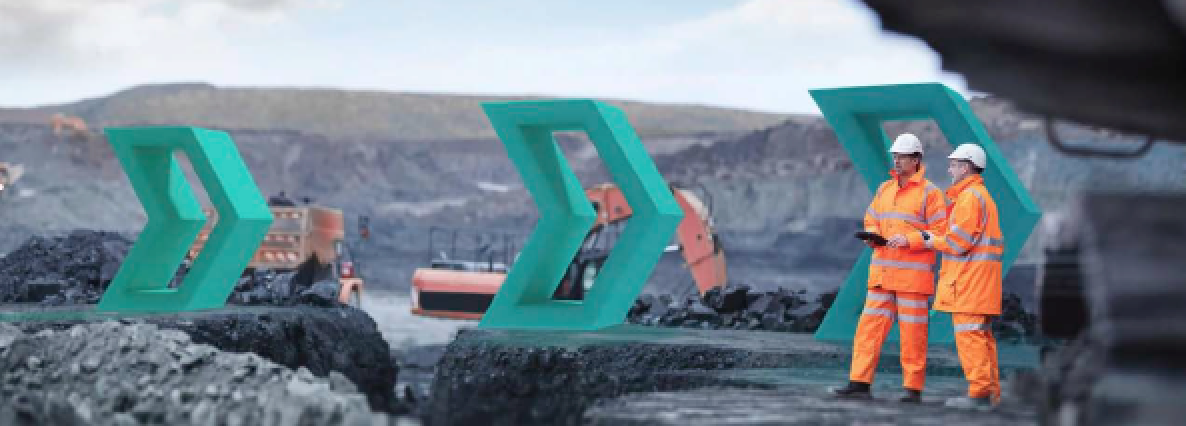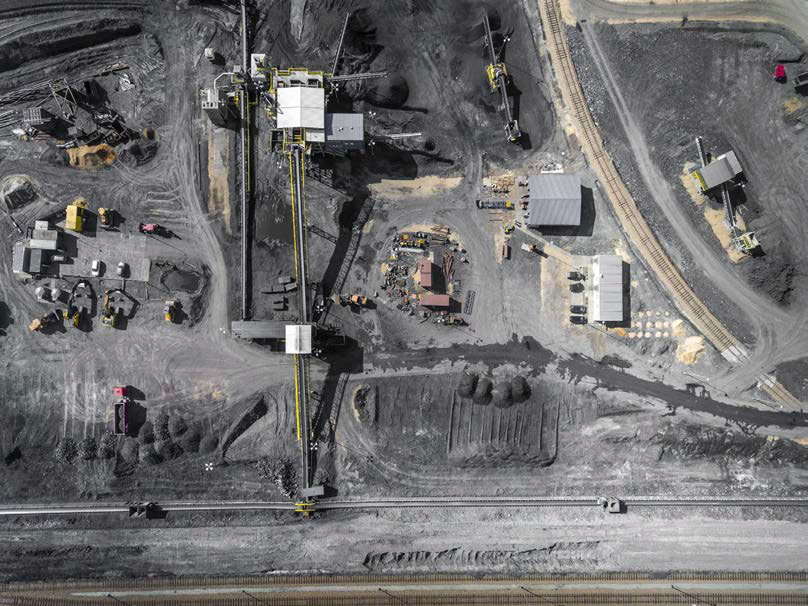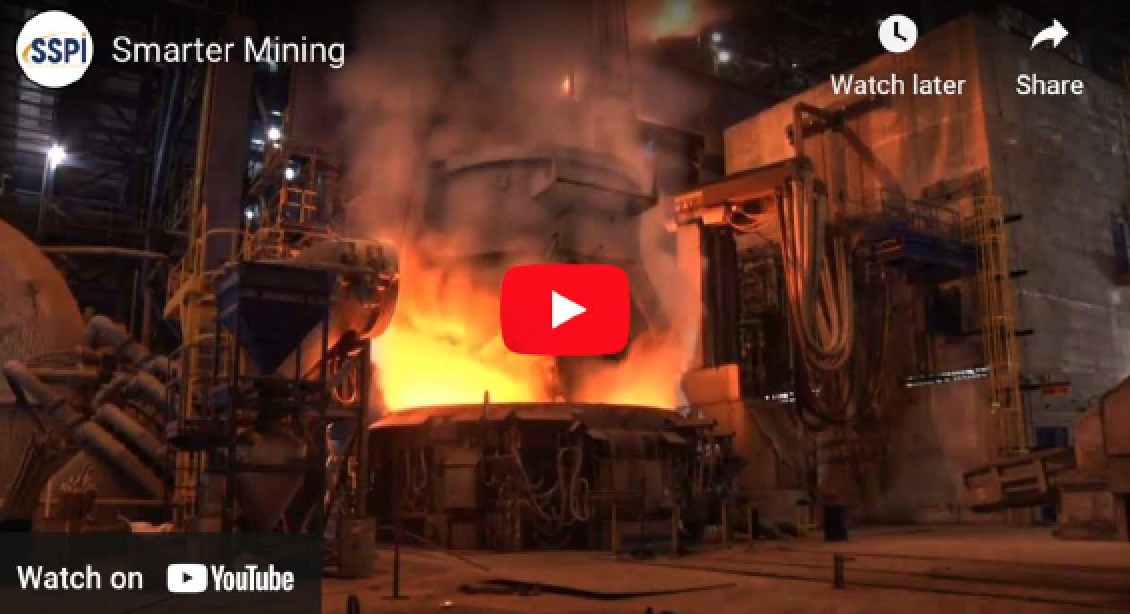Gold and silver... buildings and bridges and the cars that drive over them... the computer on your desk and the phone in your pocket... what do these items all have in common?

They are all made from minerals. We pull 18 billion metric tons of minerals from the earth every year. Iron ore becomes steel. Calaverite produces gold — silver is derived from argentite. All forms of electronics need these critical minerals and they are called rare earths.
Getting those minerals out of the ground is difficult and risky work. Companies invest millions before filling the first truckload of ore. Keeping the minerals moving requires never-ending attention to safety, efficiency and productivity.
That’s a job for automation. The mining industry is investing billions in making mines smarter with Internet of Things (IoT) and asset tracking technology.
Today’s mines use automated drills and self-driving trucks. Trackers monitor their location and operation.
Automatic systems monitor air quality in tunnels and smart video surveillance can warn, in advance, of dangerous, harmful conditions.
All of that smart technology has to be connected in order to operate correctly. And therein lies the challenge. Most mines operate in remote places, far from communication networks.
That’s why miners around the world turn to companies, such as Speedcast.
Speedcast brings advanced connectivity to the world’s most out-of-the-way places. This requires building networks in tunnels, across vast open pits, in offices and crew quarters — and connecting them to satellite, as that is the only kind of communication that can be delivered everywhere on Earth.
In the smart and connected mine, managers can see and understand the challenges their miners face.

IoT systems share data with experts far away, who can advise on tough problems.
Automated drills and trucks can work night and day while ensuring people are out of harm’s way.
That saves lives. In the last decade, fatal accidents at mines around the world declined by nearly 20 percent, even as miners worked seven percent more hours.

Safer mines are greener, as well, as good data helps them better manage mining waste. When miners are off the clock, broadband brings them entertainment and connectivity to their homes.
When mineral ores are pulled from the ground, they start a long journey. Shipped to factories, they are refined into the pure minerals that go into a million different products. Some even wind up in the equipment that will mine the next billion metric tons of ore.
Smart mines make it possible, and satellite and information technology companies such as Speedcast help them keep the minerals moving.
Produced for SatNews by Space & Satellite Professionals International. See more stories and videos of satellite making a better world at this direct infolink...


